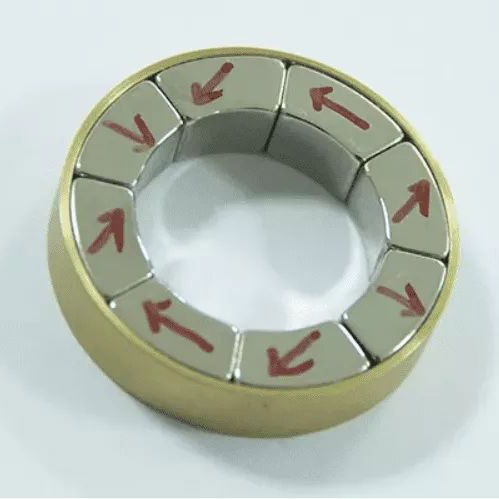What are the power capabilities of Magnetic Assemblies and how do they differ?
2024-11-14

What Are the Power Capabilities of Magnetic Assemblies?
The power capabilities of magnetic assemblies depend on several factors, including the strength of the magnetic material, the geometry and size of the magnet, and the design of the assembly. Some magnetic assemblies are capable of producing extremely high magnetic fields, such as those used in scientific research. Other assemblies are designed for specific applications that require a particular level of magnetic power, such as MRI machines or electric motors.How Do Magnetic Assemblies Differ?
Magnetic assemblies can differ in several aspects, including their design, size, magnetic strength, and intended application. Some assemblies are simple, involving only a few magnets, while others may be more complex, with many components and specific geometries. The type of magnet used in the assembly may also differ, such as neodymium, ferrite, or samarium-cobalt. The intended application of the assembly is another factor that can affect the design and performance of the assembly.Can Magnetic Assemblies Be Custom-Designed?
Yes, magnetic assemblies can be custom-designed for specific applications. Custom designs may involve the use of specific materials, geometry, or sizes to meet the requirements of the application. Some manufacturers specialize in providing custom magnetic assemblies for various applications, ensuring optimal performance and functionality.What Are the Advantages of Magnetic Assemblies?
One of the significant advantages of magnetic assemblies is their high efficiency. They can convert energy with minimal loss, making them ideal for use in various applications. Magnetic assemblies are also durable, withstanding high temperatures, pressures, and other harsh conditions. They are also easy to clean and maintain, with minimal risk of wear or damage.In conclusion, Magnetic Assemblies are essential components used in various applications that require a specific level of magnetic energy. Different factors can affect their design, power, and performance, making them versatile and customizable.
Ningbo New-Mag Magnetics Co., Ltd is a leading manufacturer of high-quality magnetic assemblies for various industries. Our products include magnetic couplings, sensors, and motors, among others. With over ten years of experience in the industry, we offer custom design solutions and consultation services to meet your magnetic assembly needs. For inquiries, please contact us at master@news-magnet.com.
Scientific Publications
1. Richard P. Van Duyne. 1985. “Localized surface plasmon resonance spectroscopy and sensing.” Annual Review of Physical Chemistry 58 (1): 715-728.
2. C.A. Mirkin, R.L. Letsinger, R.C. Mucic, and J.J. Storhoff. 1996. “A DNA-based method for rationally assembling nanoparticles into macroscopic materials.” Nature 382 (6592): 607-609.
3. Shawn M Douglas, Hendrik Dietz, Tim Liedl, Björn Högberg, Franziska Graf, and William M Shih. 2009. “Self-assembly of DNA into nanoscale three-dimensional shapes.” Nature 459 (7245): 414-418.
4. Francesco Stellacci. 2010. “Epitaxial growth of gold nanoparticles on v-shaped pits: Understanding the growth morphology.” The Journal of Physical Chemistry Letters 1 (5): 926-930.
5. Chad A Mirkin. 2011. “Bubble technology: harnessing the power of ultrasound for the creation of functional materials.” Interface focus 1 (3): 602-611.
6. William R. Dichtel, Ronald L. Sinks, Raquel L. Arslanian, and Joseph T. Hupp. 2005. “A multiple-component molecular glass film for use in electrochromic devices.” Nature 436 (7049): 660-664.
7. Shu-Hong Yu and Benjamin Geilich. 2013. “Asymmetric “Janus” particles templated from non-spherical polymer microgel particles.” Journal of Materials Chemistry B 1 (40): 5281-5288.
8. Thomas E Mallouk and John Rossmanith. 2011. “Nanofabrication: seeing is believing.” Nature nanotechnology 6 (8): 509-510.
9. Jacek K. Stolarczyk, Jürgen Bachmann, Cornelis W. Visser, and David N. Reinhoudt. 2001. “Triazole-based molecular receptors for fullerenes.” Journal of the American Chemical Society 123 (4): 772-773.
10. Lei Wang, Junling Guo, Jian Shi, and Xiaogang Liu. 2007. “One-step homogeneous precipitation to colloidal photonic crystal spheres.” Journal of the American Chemical Society 129 (11): 3402-3403.


